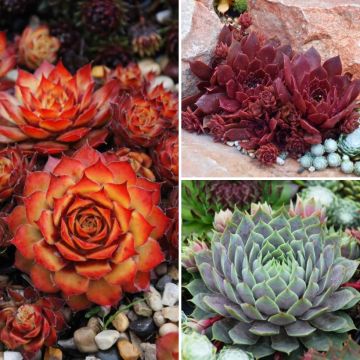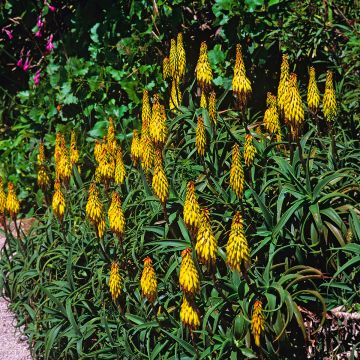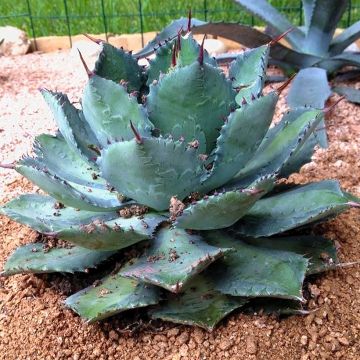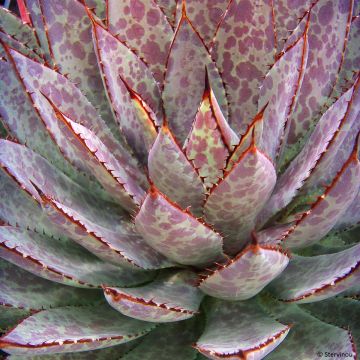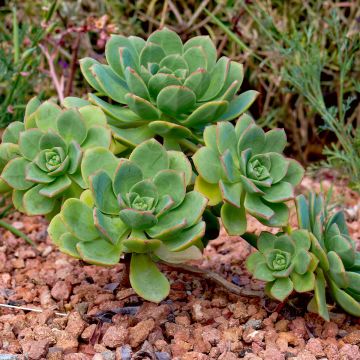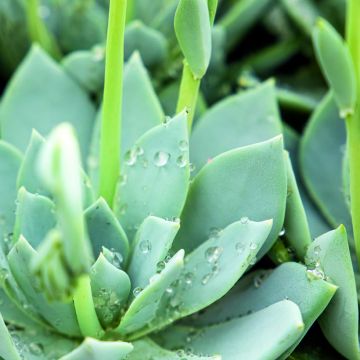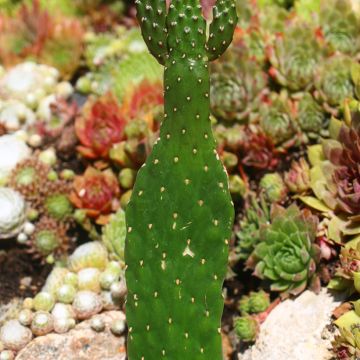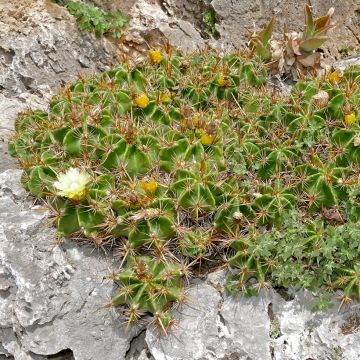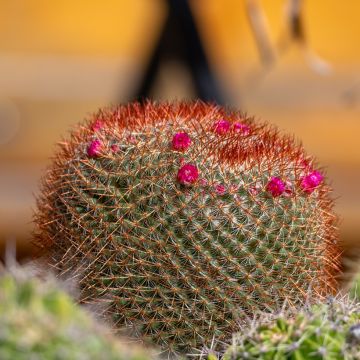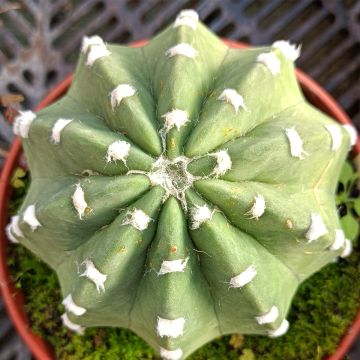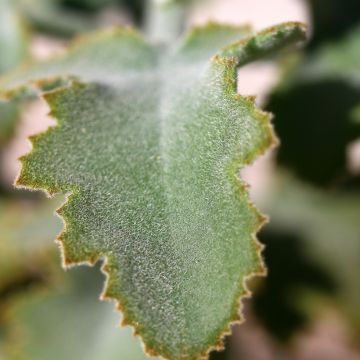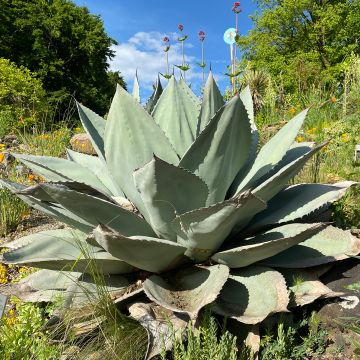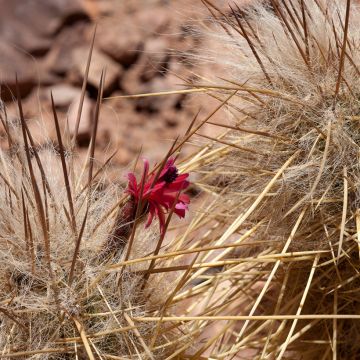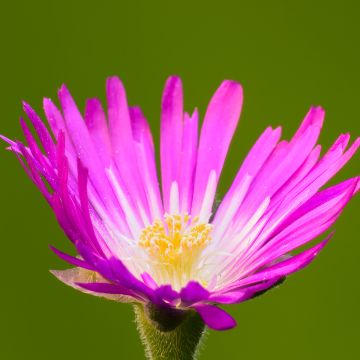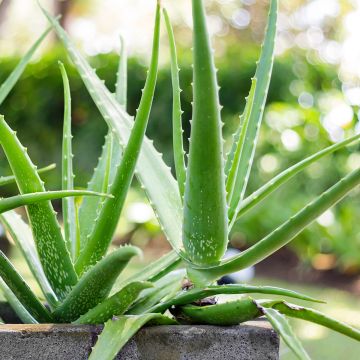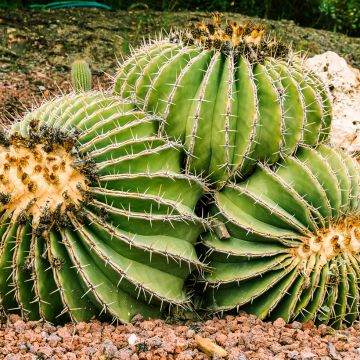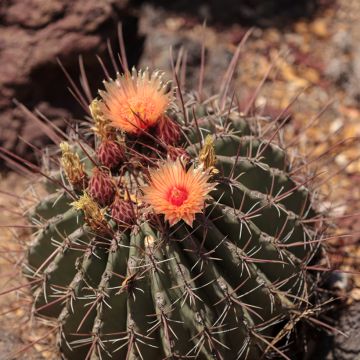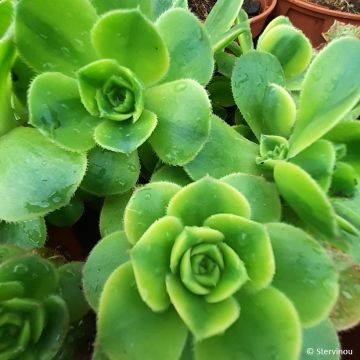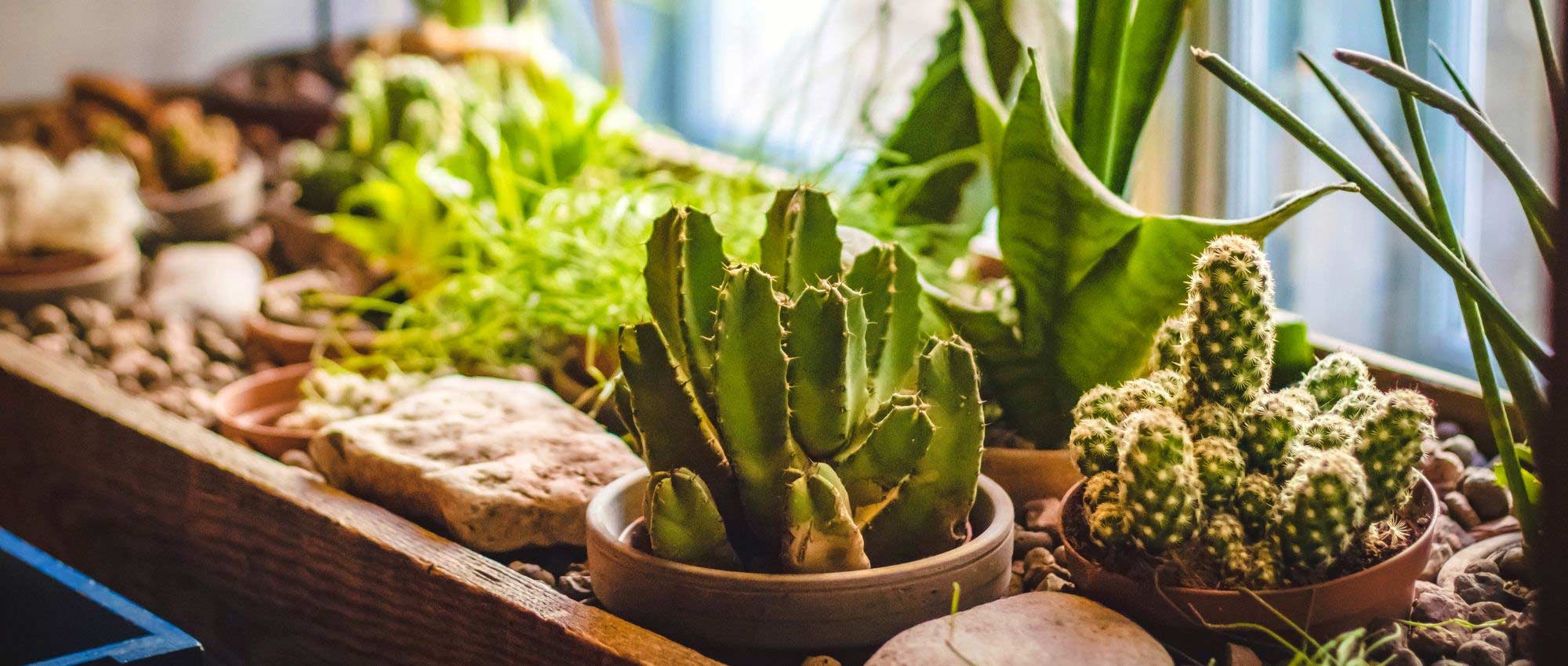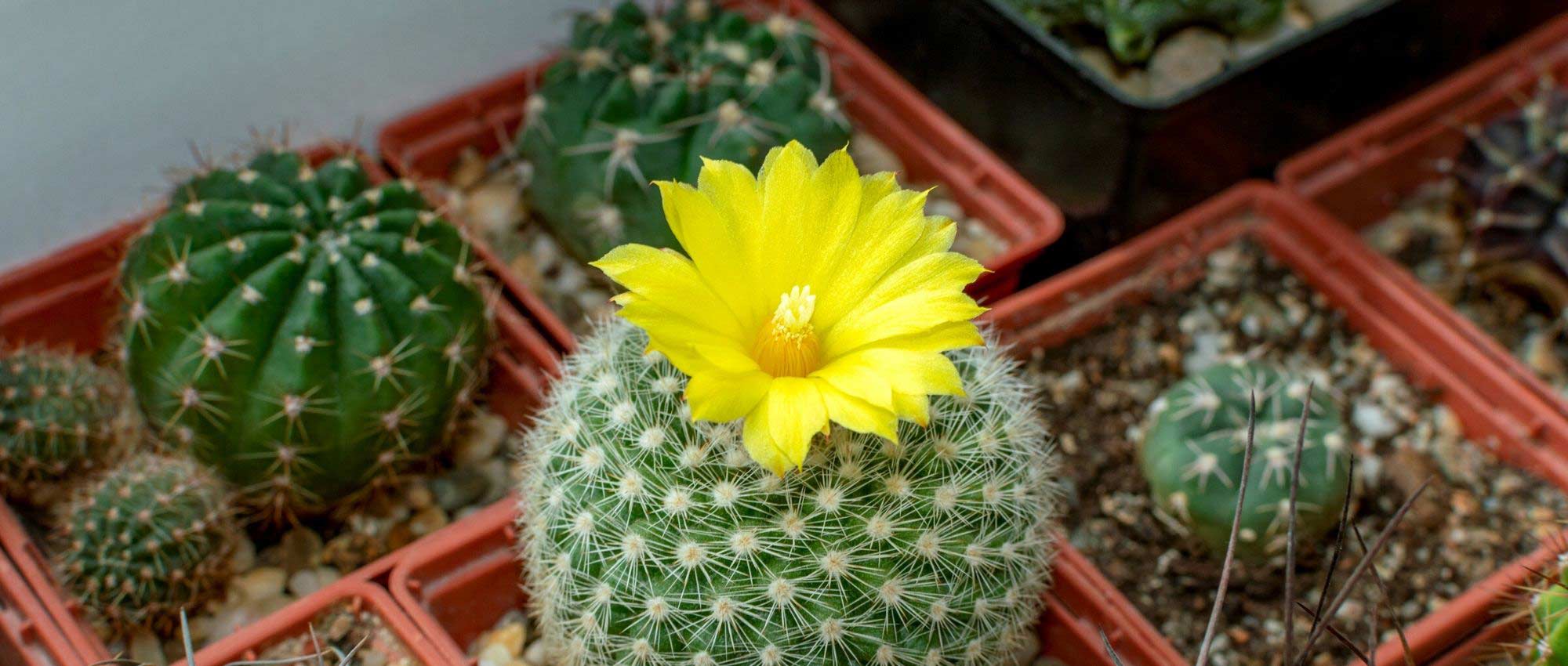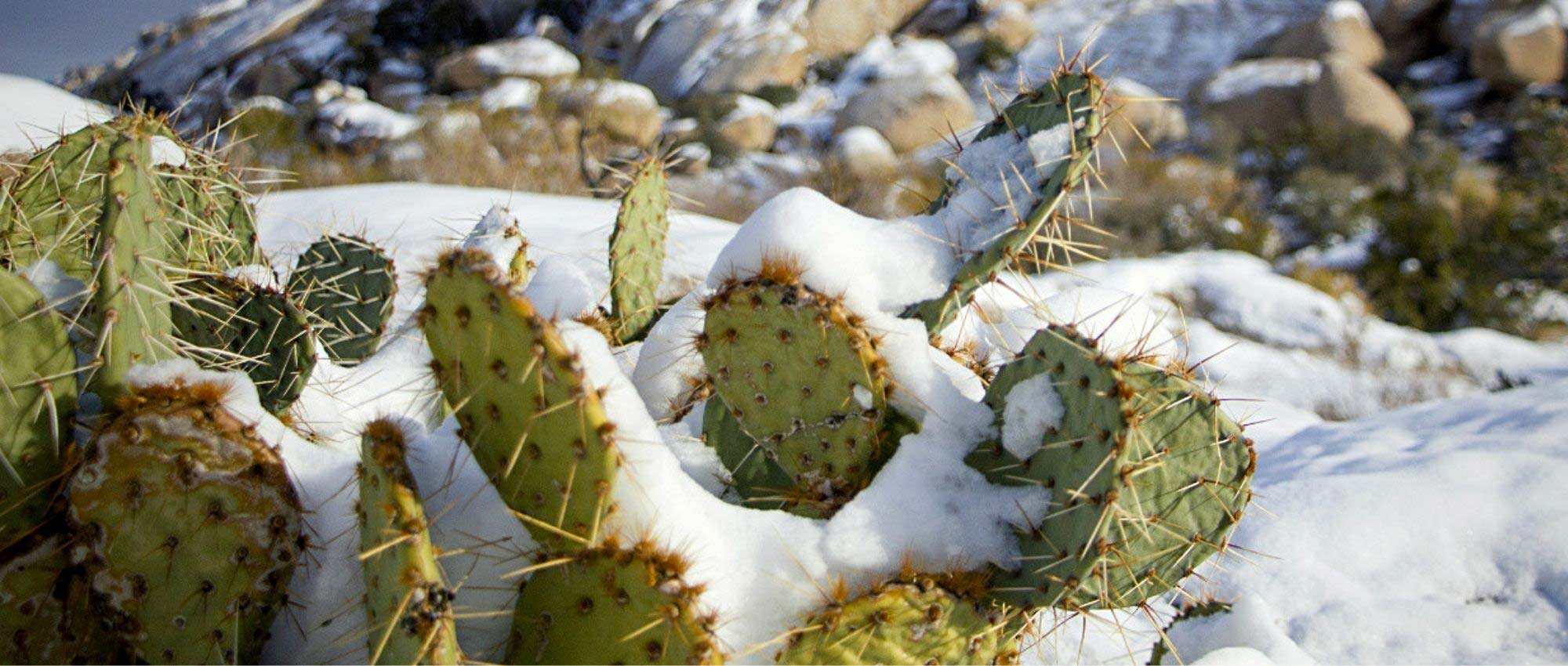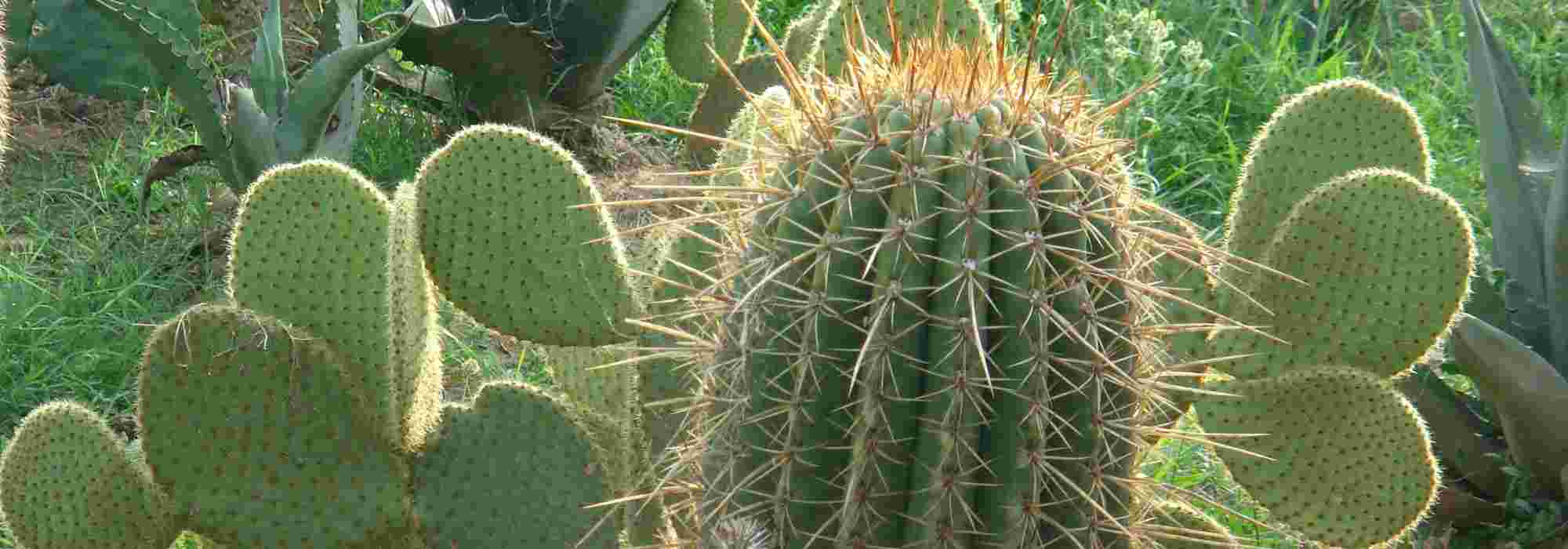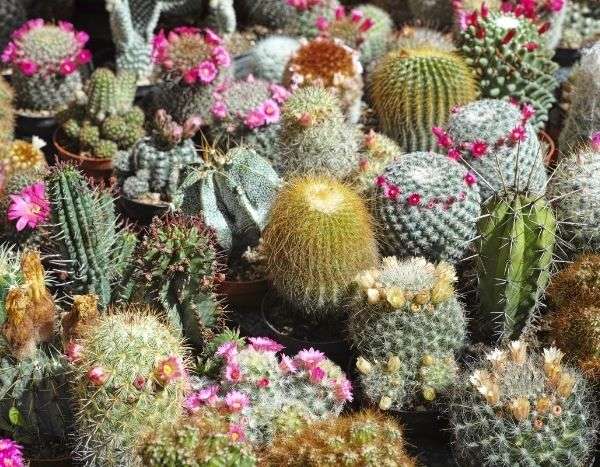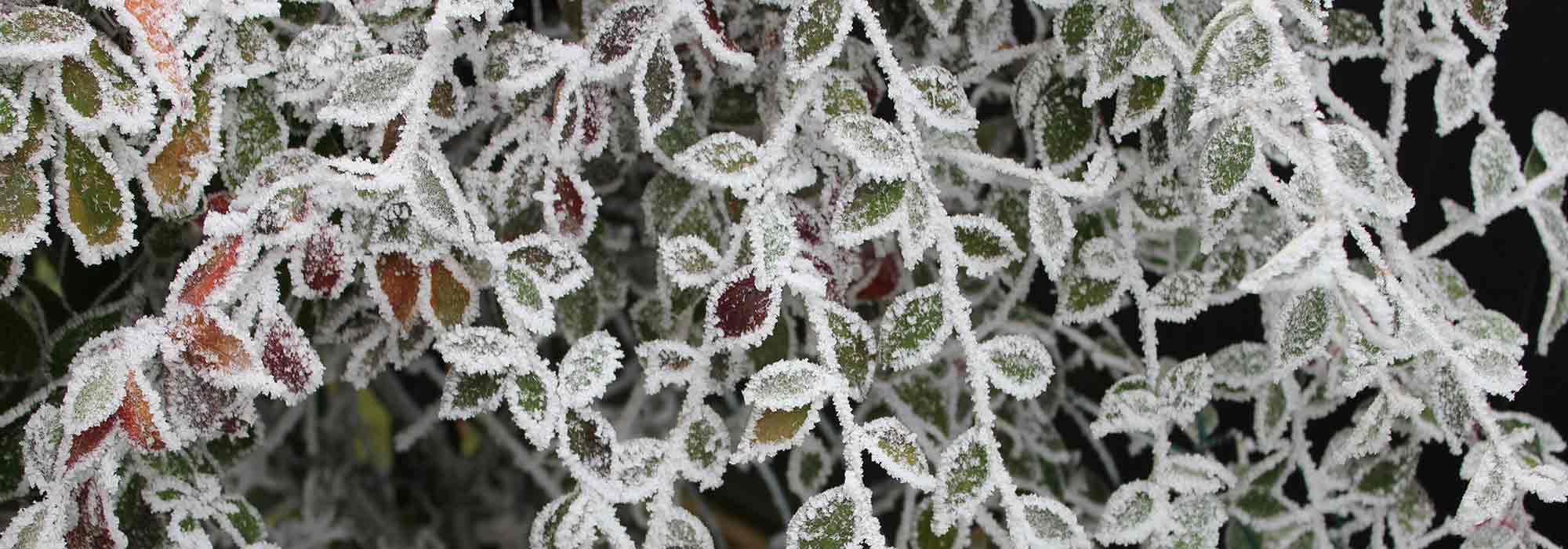

Espostoa lanata - Peruvian old man cactus
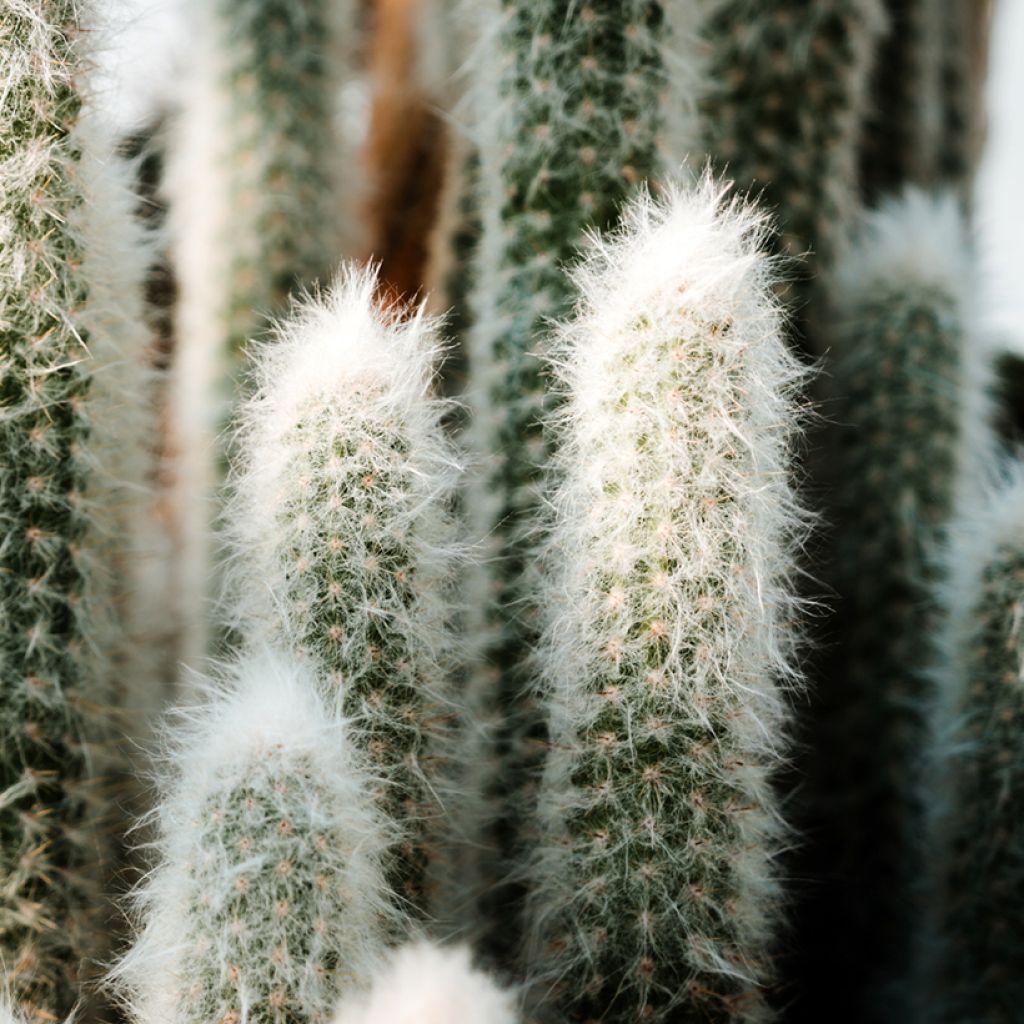

Espostoa lanata - Peruvian old man cactus
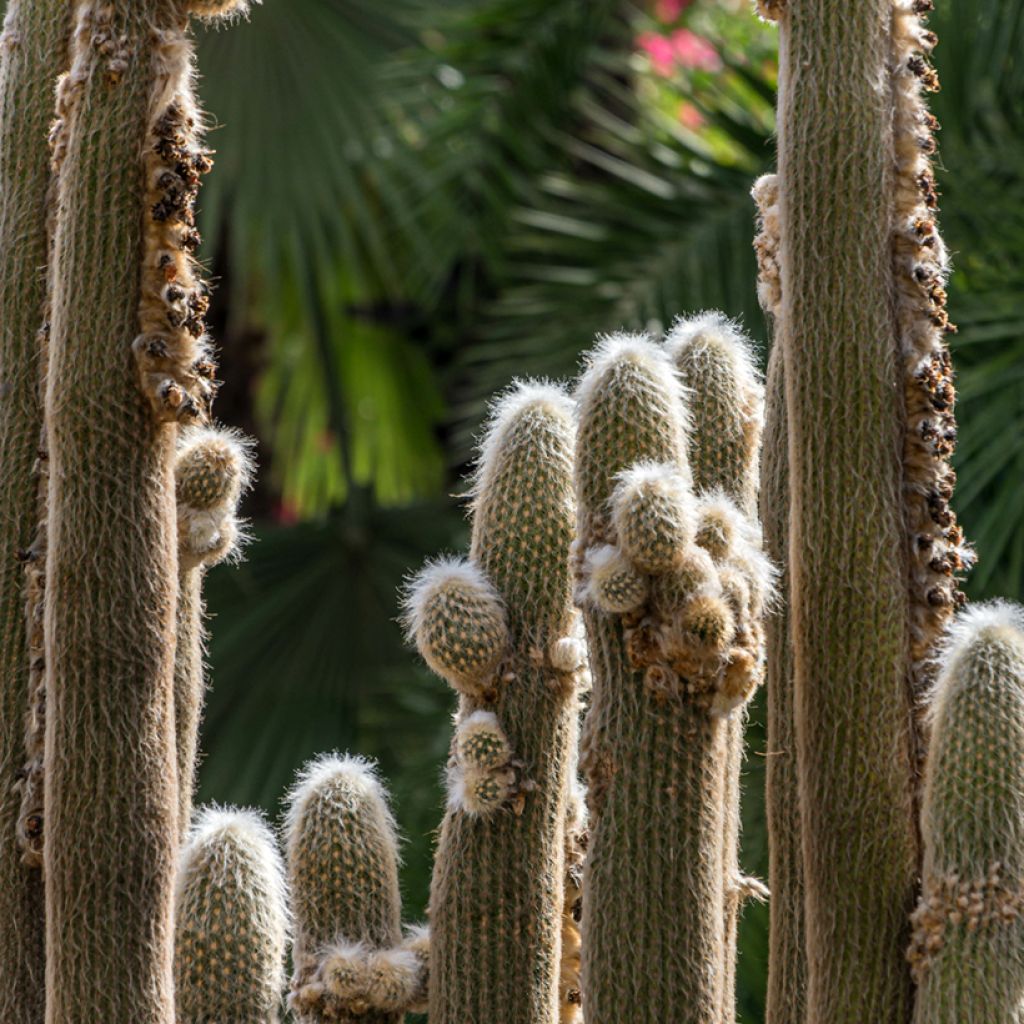

Espostoa lanata - Peruvian old man cactus
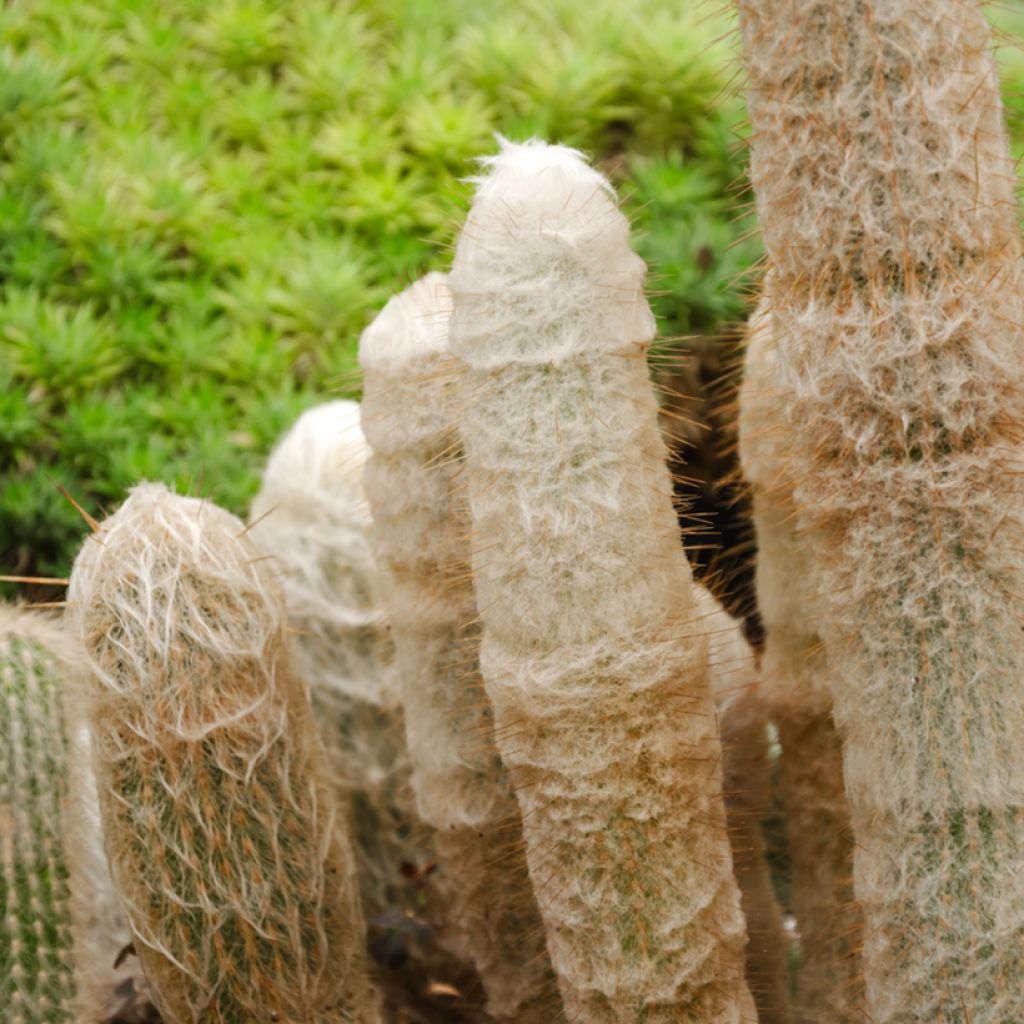

Espostoa lanata - Peruvian old man cactus


Espostoa lanata - Peruvian old man cactus
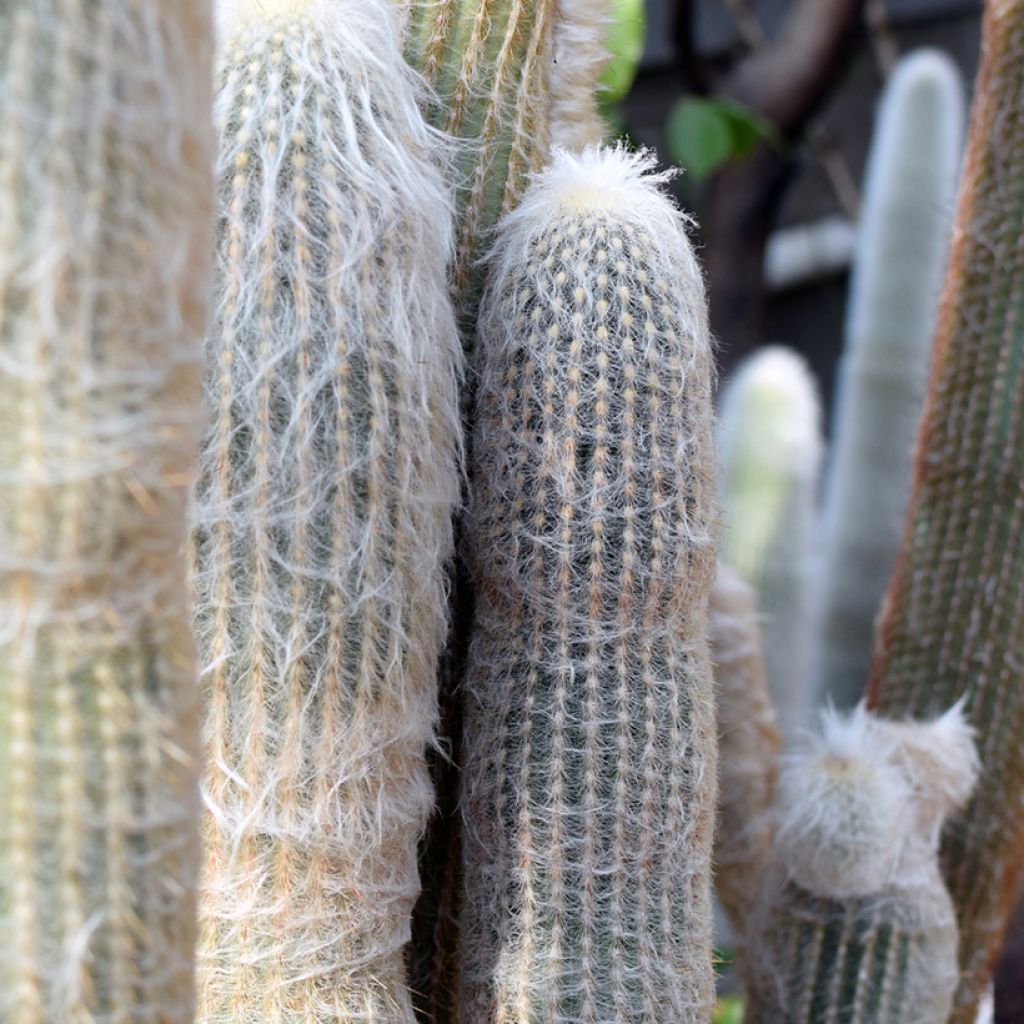

Espostoa lanata - Peruvian old man cactus


Espostoa lanata - Peruvian old man cactus
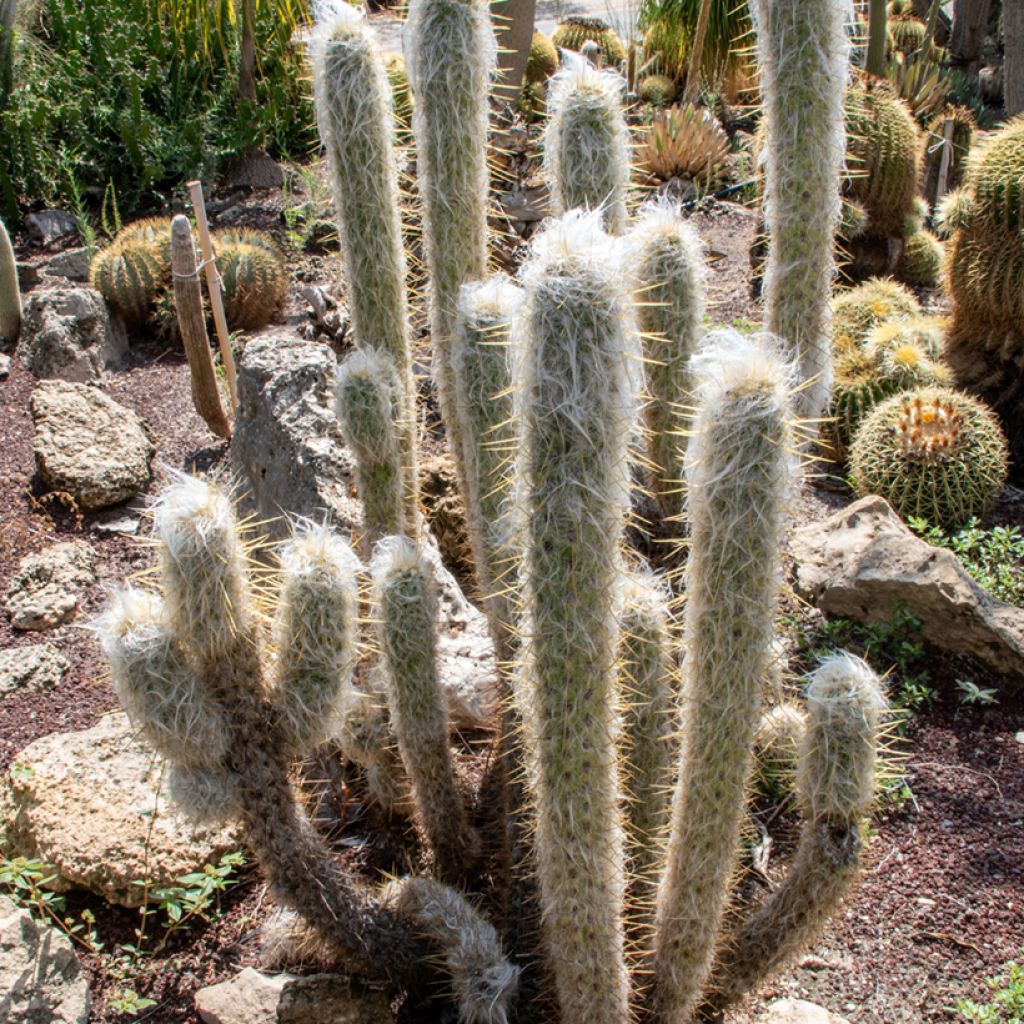

Espostoa lanata - Peruvian old man cactus
Espostoa lanata - Peruvian old man cactus
Espostoa lanata
Special offer!
Receive a €20 voucher for any order over €90 (excluding delivery costs, credit notes, and plastic-free options)!
1- Add your favorite plants to your cart.
2- Once you have reached €90, confirm your order (you can even choose the delivery date!).
3- As soon as your order is shipped, you will receive an email containing your voucher code, valid for 3 months (90 days).
Your voucher is unique and can only be used once, for any order with a minimum value of €20, excluding delivery costs.
Can be combined with other current offers, non-divisible and non-refundable.
Why not try an alternative variety in stock?
View all →This plant carries a 30 days recovery warranty
More information
We guarantee the quality of our plants for a full growing cycle, and will replace at our expense any plant that fails to recover under normal climatic and planting conditions.
Description
Espostoa lanata is a columnar candle cactus native to the western slopes of the Andes, stretching from southern Ecuador to northern Peru. Nicknamed the "Peruvian Old Man Cactus" due to its woolly blanket, it can grow up to 7 metres in its natural habitat. In cultivation its dimensions are more modest, reaching a maximum height of 2 metres. Very similar to the Espostoa churinensis species, it differs by having slightly narrower, shorter, and less woolly stems. Additionally, this one branches from the column, not from the base.
Belonging to the Cactaceae family, Espostoa lanata grows in a tree-like manner with columnar stems that branch in the upper parts. It is native to the western slopes of the Andes, where it grows between 1,000 and 2,500 metres in altitude, primarily in Ecuador and northern Peru. It colonises rocky and arid terrains, often exposed to strong sunlight and subject to significant temperature variations between day and night. In its natural environment, it can reach heights of 1.5 to 7 metres, with a trunk measuring up to 1 metre in height and 20 centimetres in diameter. The stems, which are 6 to 10 centimetres in diameter, feature between 18 and 25 rounded, shallow ribs, separated by straight furrows. The elliptical areoles are spaced 7 to 10 millimetres apart and covered in dense white hairs, giving the plant its characteristic woolly appearance. The 30 to 40 radial thorns are spreading, reddish or yellowish-brown and turn grey with age, measuring 3 to 8 millimetres long. A single central prickle, sometimes absent, can reach 2 to 5 centimetres in length. The cephalium, a lateral floriferous structure, consists of light brown to grey wool that can grow up to 3 centimetres long and extend a metre along the stem. The nocturnal, funnel-shaped flowers are cream-white in and measure between 4.5 and 5.5 centimetres long with a diameter of 3 to 3.5 centimetres. They are partially hidden in the "wool". The almost spherical and usually purple fruits measure about 2.5 centimetres in length and width. However, this cactus rarely flowers in cultivation, especially indoors.
Espostoa lanata is relatively easy to grow indoors. It prefers fertile, well-draining cactus-type substrate, enriched with perlite or coarse sand, with generous watering in summer, allowing the substrate to dry out completely between waterings. Monthly fertilisation with a cactus-specific fertiliser is recommended. In winter, the plant should be kept dry and protected from the cold. In theory, this species is hardy down to -12°C, but only if the winter is very dry. A sunny outdoor exposure in summer promotes optimal growth. Under favourable conditions, Espostoa lanata can grow 20 centimetres per year. It can be grown indoors year-round behind a sunny south-facing window.
Indoors, Espostoa lanata thrives best in a large terracotta pot, which ensures good root aeration and effective drainage. It works well in a composition with other columnar cacti such as Cleistocactus strausii or a group of low-growing succulents likeAgave stricta. Surrounded by large stones, all these plants will evoke the arid landscapes of its natural habitat.
Espostoa lanata - Peruvian old man cactus in pictures




Foliage
Plant habit
Flowering
Botanical data
Espostoa
lanata
Cactaceae
Andes Mountains
Safety measures
Other Cacti and succulents
View all →Location
Location
Maintenance and care
Watering tips
Potting advice, substrates and fertilisers
Disease and pest advice
Maintenance and care
Planting & care advice
This item has not been reviewed yet - be the first to leave a review about it.
Haven't found what you were looking for?
Hardiness is the lowest winter temperature a plant can endure without suffering serious damage or even dying. However, hardiness is affected by location (a sheltered area, such as a patio), protection (winter cover) and soil type (hardiness is improved by well-drained soil).

Photo Sharing Terms & Conditions
In order to encourage gardeners to interact and share their experiences, Promesse de fleurs offers various media enabling content to be uploaded onto its Site - in particular via the ‘Photo sharing’ module.
The User agrees to refrain from:
- Posting any content that is illegal, prejudicial, insulting, racist, inciteful to hatred, revisionist, contrary to public decency, that infringes on privacy or on the privacy rights of third parties, in particular the publicity rights of persons and goods, intellectual property rights, or the right to privacy.
- Submitting content on behalf of a third party;
- Impersonate the identity of a third party and/or publish any personal information about a third party;
In general, the User undertakes to refrain from any unethical behaviour.
All Content (in particular text, comments, files, images, photos, videos, creative works, etc.), which may be subject to property or intellectual property rights, image or other private rights, shall remain the property of the User, subject to the limited rights granted by the terms of the licence granted by Promesse de fleurs as stated below. Users are at liberty to publish or not to publish such Content on the Site, notably via the ‘Photo Sharing’ facility, and accept that this Content shall be made public and freely accessible, notably on the Internet.
Users further acknowledge, undertake to have ,and guarantee that they hold all necessary rights and permissions to publish such material on the Site, in particular with regard to the legislation in force pertaining to any privacy, property, intellectual property, image, or contractual rights, or rights of any other nature. By publishing such Content on the Site, Users acknowledge accepting full liability as publishers of the Content within the meaning of the law, and grant Promesse de fleurs, free of charge, an inclusive, worldwide licence for the said Content for the entire duration of its publication, including all reproduction, representation, up/downloading, displaying, performing, transmission, and storage rights.
Users also grant permission for their name to be linked to the Content and accept that this link may not always be made available.
By engaging in posting material, Users consent to their Content becoming automatically accessible on the Internet, in particular on other sites and/or blogs and/or web pages of the Promesse de fleurs site, including in particular social pages and the Promesse de fleurs catalogue.
Users may secure the removal of entrusted content free of charge by issuing a simple request via our contact form.
The flowering period indicated on our website applies to countries and regions located in USDA zone 8 (France, the United Kingdom, Ireland, the Netherlands, etc.)
It will vary according to where you live:
- In zones 9 to 10 (Italy, Spain, Greece, etc.), flowering will occur about 2 to 4 weeks earlier.
- In zones 6 to 7 (Germany, Poland, Slovenia, and lower mountainous regions), flowering will be delayed by 2 to 3 weeks.
- In zone 5 (Central Europe, Scandinavia), blooming will be delayed by 3 to 5 weeks.
In temperate climates, pruning of spring-flowering shrubs (forsythia, spireas, etc.) should be done just after flowering.
Pruning of summer-flowering shrubs (Indian Lilac, Perovskia, etc.) can be done in winter or spring.
In cold regions as well as with frost-sensitive plants, avoid pruning too early when severe frosts may still occur.
The planting period indicated on our website applies to countries and regions located in USDA zone 8 (France, United Kingdom, Ireland, Netherlands).
It will vary according to where you live:
- In Mediterranean zones (Marseille, Madrid, Milan, etc.), autumn and winter are the best planting periods.
- In continental zones (Strasbourg, Munich, Vienna, etc.), delay planting by 2 to 3 weeks in spring and bring it forward by 2 to 4 weeks in autumn.
- In mountainous regions (the Alps, Pyrenees, Carpathians, etc.), it is best to plant in late spring (May-June) or late summer (August-September).
The harvesting period indicated on our website applies to countries and regions in USDA zone 8 (France, England, Ireland, the Netherlands).
In colder areas (Scandinavia, Poland, Austria...) fruit and vegetable harvests are likely to be delayed by 3-4 weeks.
In warmer areas (Italy, Spain, Greece, etc.), harvesting will probably take place earlier, depending on weather conditions.
The sowing periods indicated on our website apply to countries and regions within USDA Zone 8 (France, UK, Ireland, Netherlands).
In colder areas (Scandinavia, Poland, Austria...), delay any outdoor sowing by 3-4 weeks, or sow under glass.
In warmer climes (Italy, Spain, Greece, etc.), bring outdoor sowing forward by a few weeks.






























